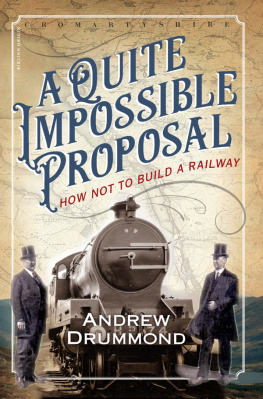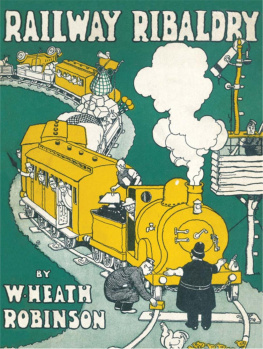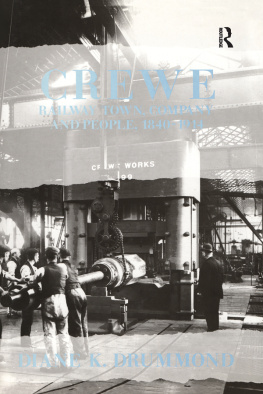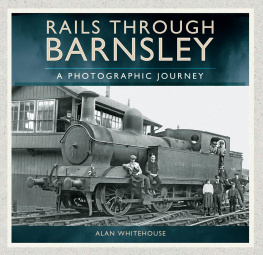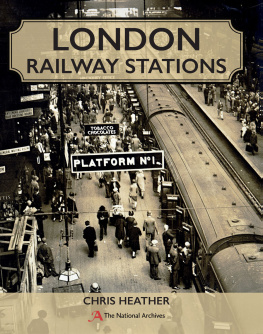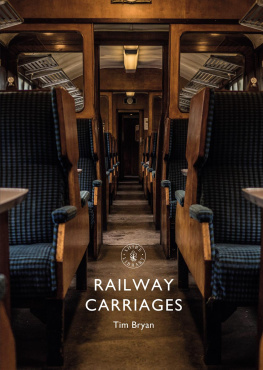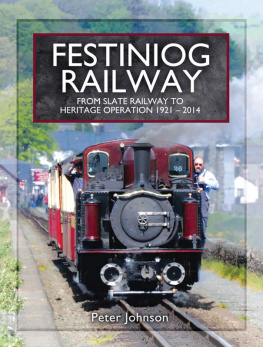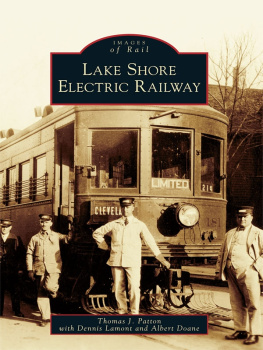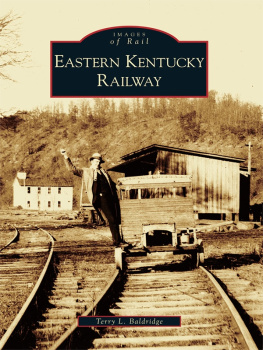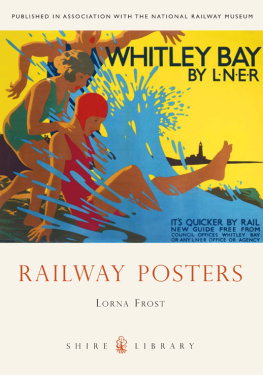Contents
Guide
Andrew Drummond was born in Edinburgh and educated at the University of Aberdeen and Kings College, London. His first novel, An Abridged History of the Construction of the Railway Line between Garve, Ullapool and Lochinver, was published by Polygon and shortlisted for the Saltire First Book of the Year Award in 2004. His later novels, also published by Polygon, are A Handbook of Volapk, Elephantina and Novgorod the Great, and he is also author of The Intriguing Life and Ignominious Death of Maurice Benyovszky (Routledge).

First published in Great Britain in 2020 by
Origin, an imprint of Birlinn Ltd
West Newington House
10 Newington Road
Edinburgh
EH9 1QS
www.birlinn.co.uk
ISBN: 978 1 912476 88 6
eISBN: 978 1 788852 71 5
Copyright Andrew Drummond 2020
The right of Andrew Drummond to be identified as the author of this work has been asserted by him in accordance with the Copyright, Designs and Patents Act, 1988.
All rights reserved. No part of this publication may be reproduced, stored, or transmitted in any form, or by any means, electronic, mechanical or photocopying, recording or otherwise, without the express written permission of the publisher.
British Library Cataloguing-in-Publication Data
A catalogue record for this book is available on request from the British Library.
Typeset by Biblichor Ltd, Edinburgh
Printed and bound by Clays Ltd, Elcograf, S.p.A.
CONTENTS
| Table Showing Conversion of Farming Land to Deer Forest |
| Members of Committees, Commissions and Company Boards |
| Proposed Route of a Twenty-first-Century Railway Line |
ILLUSTRATIONS
PLATES
IN-TEXT MAPS AND PLANS
IN-TEXT ILLUSTRATIONS
Detailed maps and plans of the proposed railways may be viewed at: www.andydrummond.net/impossible
ACKNOWLEDGEMENTS
My thanks for assistance, advice and clues must go above all to Joan Michael of Ullapool, without whose encouragement, patience and local knowledge much of this book would be pure guesswork. I am seriously in debt to Jack Kernahan of Fortrose, who generously furnished me with the notes, plans and photos from his own researches into the Skye and Lewis railway proposals; and also to David Prescott of Dunblane for his enthusiastic, inspired and informed demonstration of how the Ullapool Railway might be built today. And then, in loose alphabetical order, to: Hugh Andrew for his suggestions on exploring the historical context; Dr Karen Buchanan of the Gairloch Museum, for her help on matters Aultbean; Andrew Cordier of Banchory for his calm explanations of unfathomable Admiralty charts; Peter Newling, for his kind sharing of Fowler family photographs and historical knowledge of the Braemore estate; David Spaven and John Yellowlees, gentlemen railway-encyclopaediae of Edinburgh, who kept my wheels on the correct rails; Gavin Strang, for his potted history of Lord Lovelace; David Sutherland, herring-history-man extraordinaire, for separating my red herrings and silver darlings; my editor Mairi Sutherland, whose stoicism has been exemplary; and finally to the ever helpful staff of the National Records of Scotland and the National Library of Scotland, in Edinburgh.
Should any of these people prove responsible in any way for my omissions and mistakes, then I will let them know quite forcefully. But the likelihood is small.
Andrew Drummond
INTRODUCTION
Be not deceived, nor yet disappointed: this is not a book about obscure railway lines which were never built in a remote area of Scotland in the late nineteenth century. If it were only that, the book would be very short indeed. It would have scant relevance or resonance for the present day. But what this book does concern itself with are the political and social events of the times and how these in combination triggered several proposals to build railways to villages in north-western Scotland, as well as on Skye and Lewis. Laid bare is an underlying story of southern neglect of the Highlands and Islands and of blinkered private interests. The history of the proposed railways and especially of the one between Garve and Ullapool is not a pretty one. It is a tale of exhaustive planning and shattered dreams. If there had been a deliberate conspiracy to prevent such railways from being built, then it is doubtful that the conspirators could have done a better job than was achieved by a combination of government incompetence and the treachery of private capital.
I first came across the Garve to Ullapool railway sometime in the last decade of the twentieth century, and considered it fair game for a lengthy piece of fiction hence my novel of 2004, whose short title was An Abridged History, though its full title was almost as long as the railway itself. Happily, in that novel, the railway was built, and the good people of Ullapool enjoyed an excellent transport service which continues, no doubt, to this day.
In 2018, while considering a re-issue of the novel, I decided to look more closely at the facts. Too many facts can get in the way of good fiction, which is why I had been slightly less than attentive to them on my first outing. Oddly, however, the facts turned out to be as convoluted and unexpected as the fiction. Naively believing there had been but one attempt to build the Ullapool railway, I was aghast to discover that there were at least five, spread over a period of fifty-five years. And, worse, there were proposed railways all over the place. For all I know, there may well be others which remain to be uncovered. Twice, the Ullapool railway got within a whisker of being financed and built. Unfortunately, in the understated words of one proposer, owing to a hitch at the last moment, the scheme was dropped for the time being.
What stands out clearly from the various proposals is that the justifiable and vital task of improving transportation in the Highlands and Islands was a major struggle against southern indifference, against bureaucracy, against geographical ignorance and, not least, against competing private investments. Commissions of inquiry came and went over the years, making solid recommendations in favour of improvements and ultimately achieved nothing. There was a sound principle, expressed on several occasions between 1885 and 1920, that public transport at standard and reasonable costs should be viewed as the right of a British citizen in exactly the same way as a postal service at standard and reasonable costs was viewed as a civic right. While this principle might have appeared obvious to our ancestors, both sides of the equation have been eroded by late twentieth-century privatisation and competition. So much for one aspect of social progress in Great Britain.
You are invited now to dip into the archives, to dream of railways across the Isle of Lewis, across the misty Isle of Skye, between Garve and Ullapool, and to several other more obscure termini. Dream only for, as yet, none of them exist.
MEASUREMENTS AND MONEY
Without any sort of apology, I have used imperial measures in the text: tons, pounds, miles, feet, yards and, where necessary, furlongs, chains and links. The modern reader can convert these according to her or his own taste. In the text, a reference to (e.g.) 100 feet means 100 imperial feet i.e. 30.5 metres. For those sadly unenlightened in the matter of imperial measures of length, be advised that:

